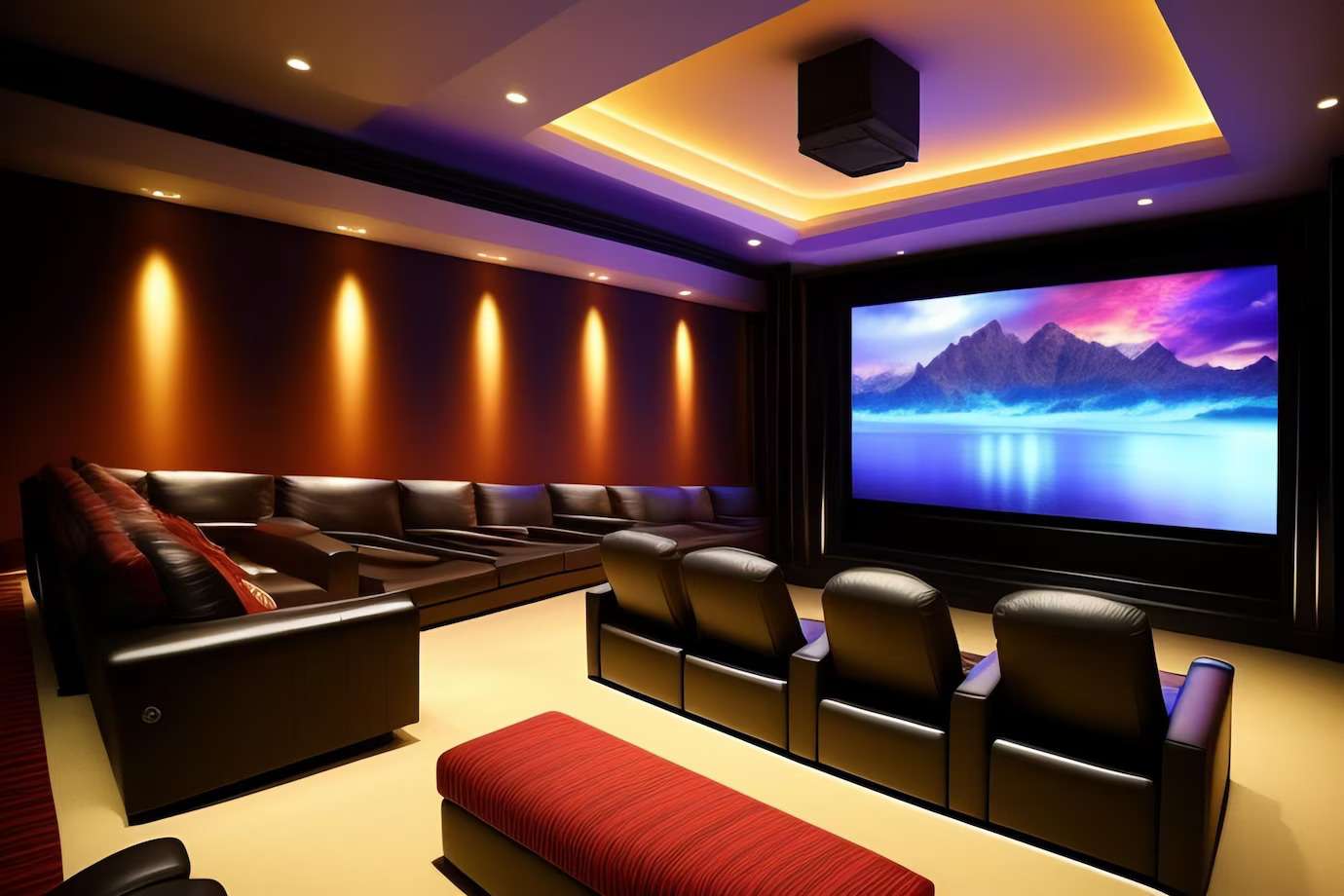In today’s fast-paced world, productivity is a cornerstone of success for individuals and businesses alike. With the constant evolution of technology, one aspect that has significantly transformed the way we work is wireless presentation. Gone are the days of juggling cables, switching laptops, and dealing with technical glitches during presentations. Wireless presentation solutions have emerged as a game-changer, streamlining the process and enhancing productivity in various professional settings.
What is Wireless Presentation?
Wireless presentation is a technology that enables users to seamlessly share content from their laptops, tablets, or smartphones to a larger display screen, such as a projector or TV, without the need for physical cables. Utilizing wireless connectivity protocols like Wi-Fi or Bluetooth, this technology simplifies the process of presenting and collaborating, allowing multiple participants to share their screens and engage in interactive discussions, fostering productivity, mobility, and efficiency in various professional and educational settings.
Traditional Presentation to Wireless Presentation
Traditional presentation setups often involved a tangle of wires, adapters, and a fair share of technical headaches. As the demand for seamless collaboration and efficient communication grew, the need for a more user-friendly approach to presentations became apparent. This shift led to the rise of wireless presentation technology.
Wireless Presentation systems allow users to share content from their devices, such as laptops, tablets, or smartphones, directly to a display screen without the hassle of physical connections. These systems leverage Wi-Fi or Bluetooth connectivity, enabling participants to engage in presentations, training sessions, and meetings more effectively.
Benefits of Wireless Presentation
- Simplicity and Convenience: One of the most significant benefits of wireless presentation is its simplicity. With no need for cables or adapters, setting up a presentation becomes a breeze. This means more time can be allocated to the content itself rather than grappling with technical challenges. Anyone in the room can easily connect their device and share content without interrupting the flow.
- Efficient Collaboration: Wireless presentation encourages a more interactive and collaborative environment. Multiple participants can effortlessly share their screens, fostering discussions and brainstorming sessions. This real-time sharing of information encourages engagement and accelerates decision-making processes.
- Enhanced Mobility: With wireless presentation technology, presenters are no longer tethered to a specific spot. They can move around the room, engage with the audience, and maintain eye contact while controlling the presentation from their device. This mobility adds a dynamic element to presentations, capturing and retaining the audience’s attention.
- Time Savings: The speed and efficiency of wireless presentation systems can significantly reduce downtime during meetings. The absence of cable swapping and setup delays means that presentations start promptly, maximizing the productive use of everyone’s time.
- Compatibility: Wireless presentation solutions are designed to work with a variety of devices and operating systems. This compatibility ensures that team members can share content from different platforms without worrying about technical limitations.
- Remote Accessibility: Many wireless presentation systems offer remote access capabilities, allowing presenters to share content with remote participants. This is particularly beneficial for teams with members in different locations, enabling seamless collaboration regardless of geographic barriers.
Use Cases of Wireless Presentation
- Business Meetings and Presentations: In a corporate setting, wireless presentation technology is invaluable for conducting effective business meetings and presentations. Whether it’s a sales pitch, project update, or strategy discussion, presenters can seamlessly share their content from their devices to a central screen. This eliminates the time-consuming process of connecting cables and ensures that presentations start promptly. Wireless presentation systems also allow multiple team members to share their screens, encouraging collaboration and interactive discussions.
- Classroom and Educational Settings: Wireless presentation is highly beneficial in educational environments. Teachers and educators can utilize this technology to engage students more effectively. With wireless presentation systems, educators can share educational content from their devices to a projector or interactive whiteboard, fostering an interactive learning experience. Students can also participate by sharing their work or giving presentations without the hassle of physical connections.
- Conference and Seminar Rooms: Large conferences and seminars often involve multiple presenters and a diverse audience. Wireless presentation systems make it easy for speakers to transition seamlessly between presentations, without wasting time on setting up equipment. Attendees can also engage by wirelessly sharing their thoughts and questions, or even participating in live polls or quizzes using their own devices.
- Collaborative Workshops and Training Sessions: During workshops and training sessions, participants often need to share their work, ideas, and progress. Wireless presentation technology facilitates this by allowing participants to connect their devices wirelessly to a shared display. This is particularly useful in creative industries, design workshops, software training, and team-building activities where real-time collaboration is crucial.
- Remote Team Collaboration: As more teams work remotely or in hybrid setups, wireless presentation becomes essential for effective collaboration. Remote team members can share their screens, contribute to discussions, and follow presentations in real-time using wireless presentation technology. This bridges the gap between on-site and remote team members, ensuring that everyone is on the same page regardless of their physical location.
Conclusion
In a world driven by efficiency and seamless communication, the wireless presentation has emerged as a catalyst for productivity. The benefits of this technology are numerous, from simplifying setup and enhancing collaboration to enabling mobility and saving time. By adopting wireless presentation solutions, businesses and individuals can unlock a new level of efficiency and engagement in their professional endeavors. As technology continues to evolve, the way we present and communicate will undoubtedly continue to shape the future of work.










